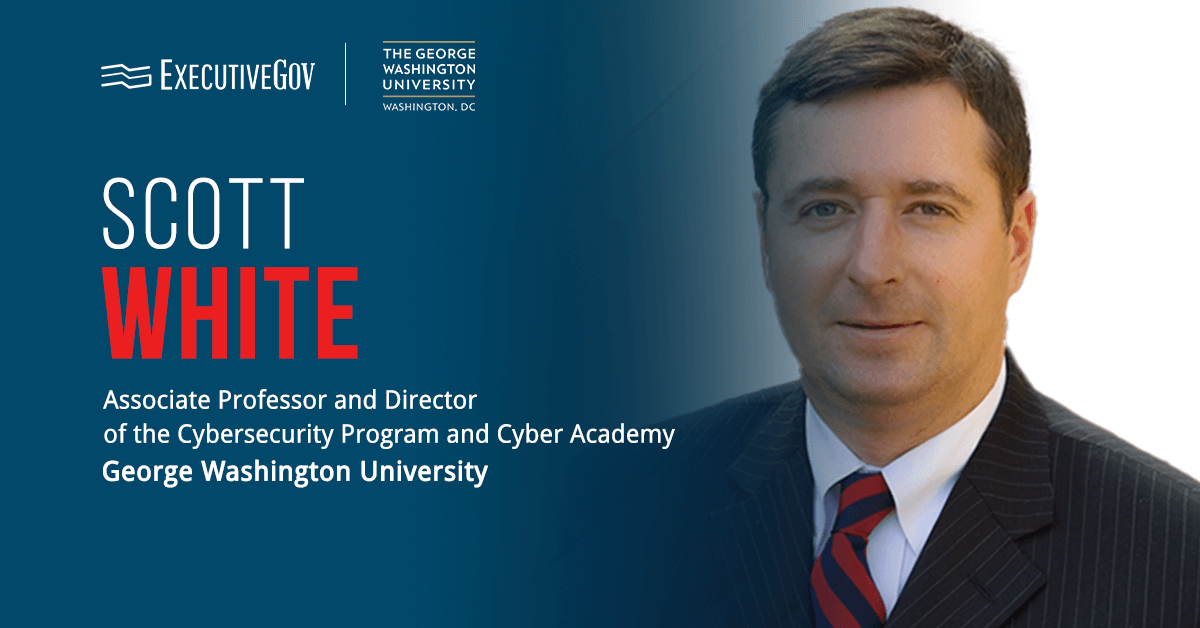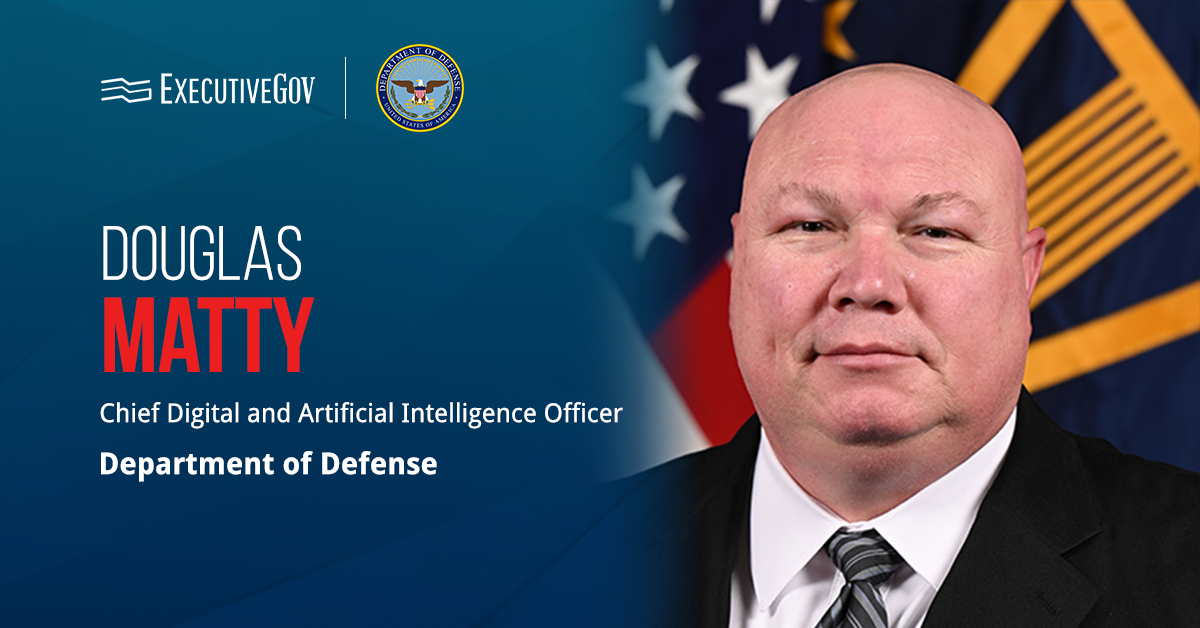Secured Quantum Services’ Quantum Testbed, created in partnership with the Space Information Sharing and Analysis Center, is now open to a limited number of paid pilot participants.
The Quantum Testbed, unveiled at the 40th Space Symposium, was created to provide a mission-relevant environment for testing, validating and scaling quantum secure solutions for national security, aerospace and critical infrastructure sectors, Space ISAC said Thursday.
Table of Contents
Space ISAC Pilot Program Use Cases
Interested organizations from aerospace, defense, cloud, artificial intelligence and enterprise infrastructure industries are invited to explore and validate mission-critical use cases, including AI and machine learning workloads needing secure, high-performance compute with reduced power consumption and quantum-secure communication across terrestrial, orbital and hybrid networks.
The testbed is also designed for testing how organizations’ systems, data and operational workflows perform in a quantum-resilient environment and assessing risk exposure and integration strategies for quantum infrastructure adoption.
Quantum—A Present Priority
Zain Premji, co-founder and chief strategy officer at SQS, said the testbed will create an ecosystem where partners can contribute to shaping standards, applications and security models of the quantum era.
According to Samuel Sanders Visner, chair of the board at Space ISAC, quantum technology should be prioritized now to ensure defensive capabilities keep pace with evolving threats.















